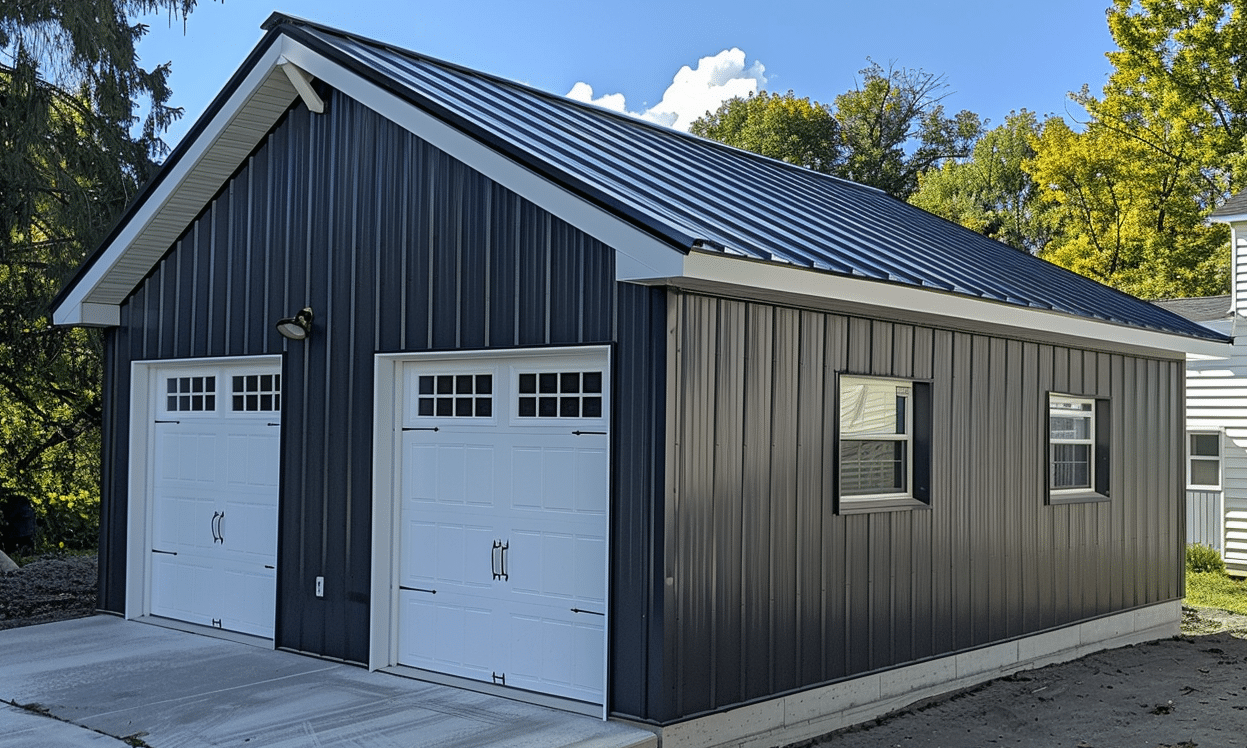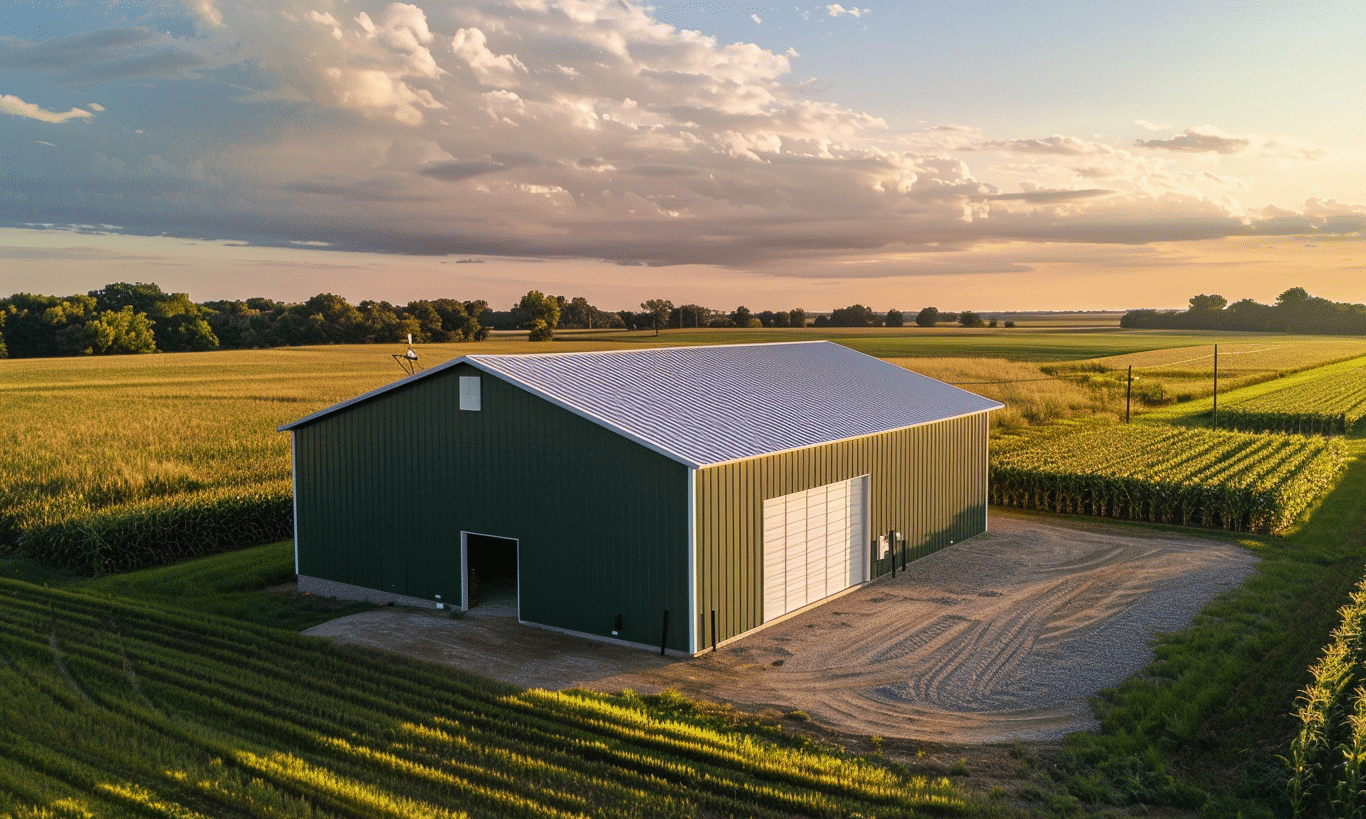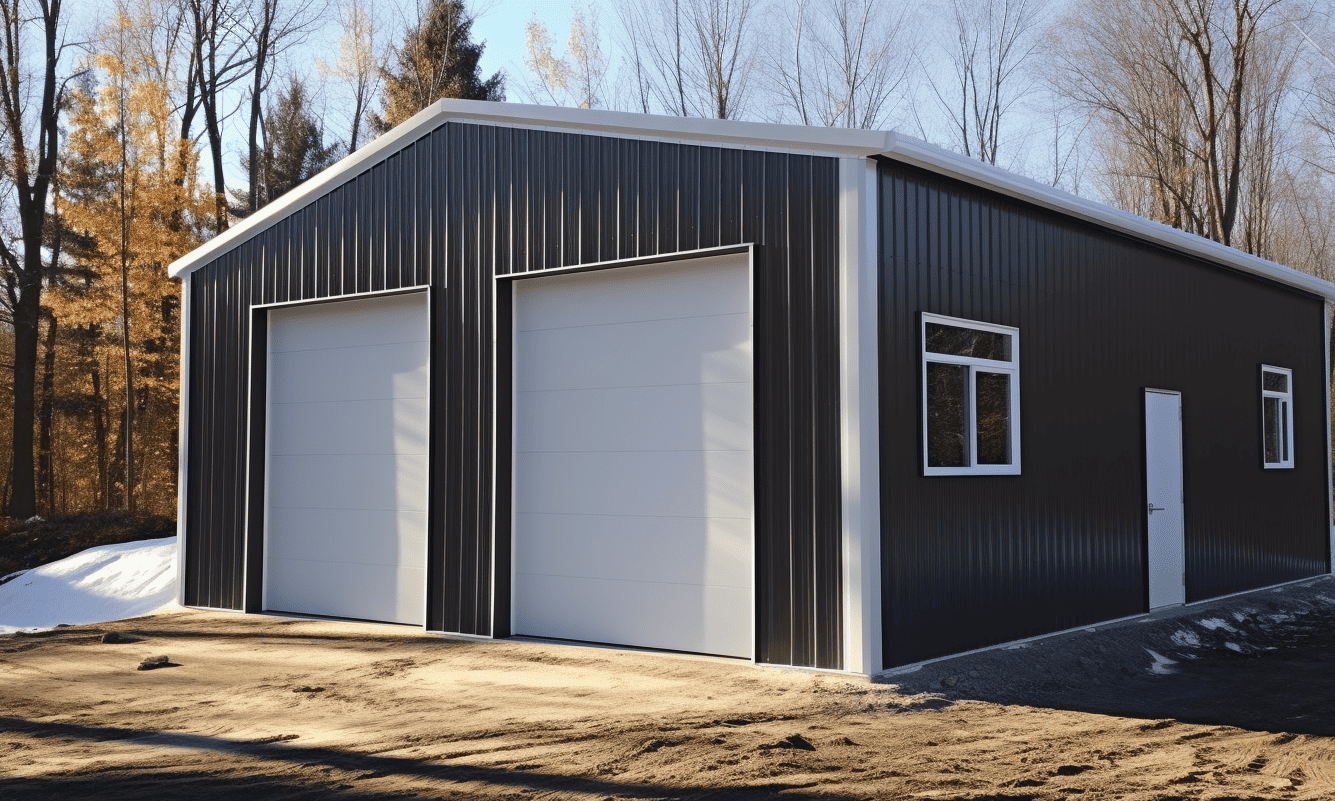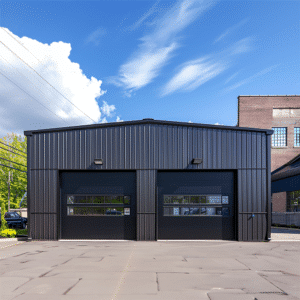When you think of the future of architecture, what’s the first image that comes to mind? Perhaps it’s a towering skyscraper with green rooftops, solar panels, and walls that breathe like a forest. Or maybe it’s an eco-friendly community nestled into nature, seamlessly blending the built and natural environments. In our rapidly evolving world, where sustainability is more critical than ever, these visions are not only desirable but also increasingly achievable. Welcome to the world of sustainable architecture, where the possibilities are as expansive as the imagination.
At the heart of sustainable architecture lies the imperative to design with future generations in mind. It’s about more than just aesthetics; it’s a commitment to reducing environmental impact, enhancing energy efficiency, and promoting the health and well-being of inhabitants. Sustainable architecture challenges architects and designers to think outside the box and pioneer new practices that balance human needs with ecological preservation. As we navigate this architectural revolution, let’s explore some key elements and methodologies in play today.
The Core Principles of Sustainable Architecture
Sustainable architecture is attributed to several core principles that guide its design approach. These principles are not just a checklist but a comprehensive framework for creating resilient structures that can adapt and thrive over time.
Energy Efficiency
One of the fundamental aspects of sustainable architecture is energy efficiency. The buildings we construct today should be energy neutral or even energy positive, generating more energy than they consume. Achieving this involves the strategic use of renewable energy sources like solar, wind, and geothermal. Additionally, buildings are designed to leverage natural light and ventilation, significantly reducing the reliance on electrical heating and cooling systems.
Using Sustainable Construction Practices
The materials chosen in sustainable architecture are just as crucial as the design itself. Attention is given to materials that are not only environmentally friendly but also durable and locally sourced. Embracing sustainable construction practices happens at every stage, from the materials selected to the methods used in assembling them. Steel has emerged as a leading material due to its recyclability and strength, which helps reduce waste.

Merging Functionality with Nature
Increasingly, designers are creating spaces that emulate the systems of the natural world. Known as biomimicry, these designs focus on nature’s principles of efficiency and balance. Similar to how a tree utilizes every ray of sunlight, buildings are optimized for solar gain, potentially through strategic window placement and plant-covered facades. These ingenious designs do not merely imitate nature—they are nature, making our built environments healthier and more sustainable.
Innovation in Building Codes and Standards
Adopting the latest Green building codes and certifications encourages buildings to exceed traditional construction norms and embrace sustainable design. In Canada, organizations like the Canada Green Building Council – Sustainable Architecture are pivotal in promoting these standards, helping to ensure that newer constructions meet rigorous sustainability criteria.
Redefining Spaces with Sustainable Architecture
Our spaces define how we interact with the environment and our communities. Effective sustainable design reimagines these interactions to foster harmony between our immediate surroundings and the broader ecology.
Innovative Approaches to Steel Building Design
Modern approaches to Steel Building Design offer remarkable opportunities for sustainable architecture. Steel is not only prized for its strength and recyclability but also for its adaptability in prefabrication. Prefabricated components minimize construction waste and energy usage, ensuring efficient, green building solutions.

Prefabricated Buildings as the Future
Prefabricated construction has soared in popularity due to its efficiency and reduced environmental impact. Pre-fabricated buildings offer rapid assembly and reduced waste, making them an attractive option for green construction. They underscore the shift towards more adaptable and versatile building solutions.
Conclusion: Building for Tomorrow, Today
Sustainable architecture is much more than a trend; it is the blueprint for our shared human future. By embracing energy-efficient designs, innovative Steel Building Design, and advanced pre-fabricated buildings, we are creating resilient structures that honor the natural world. Whether through the groundbreaking use of materials or adherence to evolving green building codes, designers and architects are forging a better path forward. The challenge lies in continuing this momentum, ensuring that our construction methods and materials stand the test of time.
In this rapidly changing world, it is imperative to remember that sustainable architecture is not just a practice but a movement. It appeals to our collective responsibility to preserve the earth’s resources and create a healthier, more beautiful world. The buildings we dream of today can shape a green future if we construct them consciously. Let’s design not just for today, but for generations to come.










